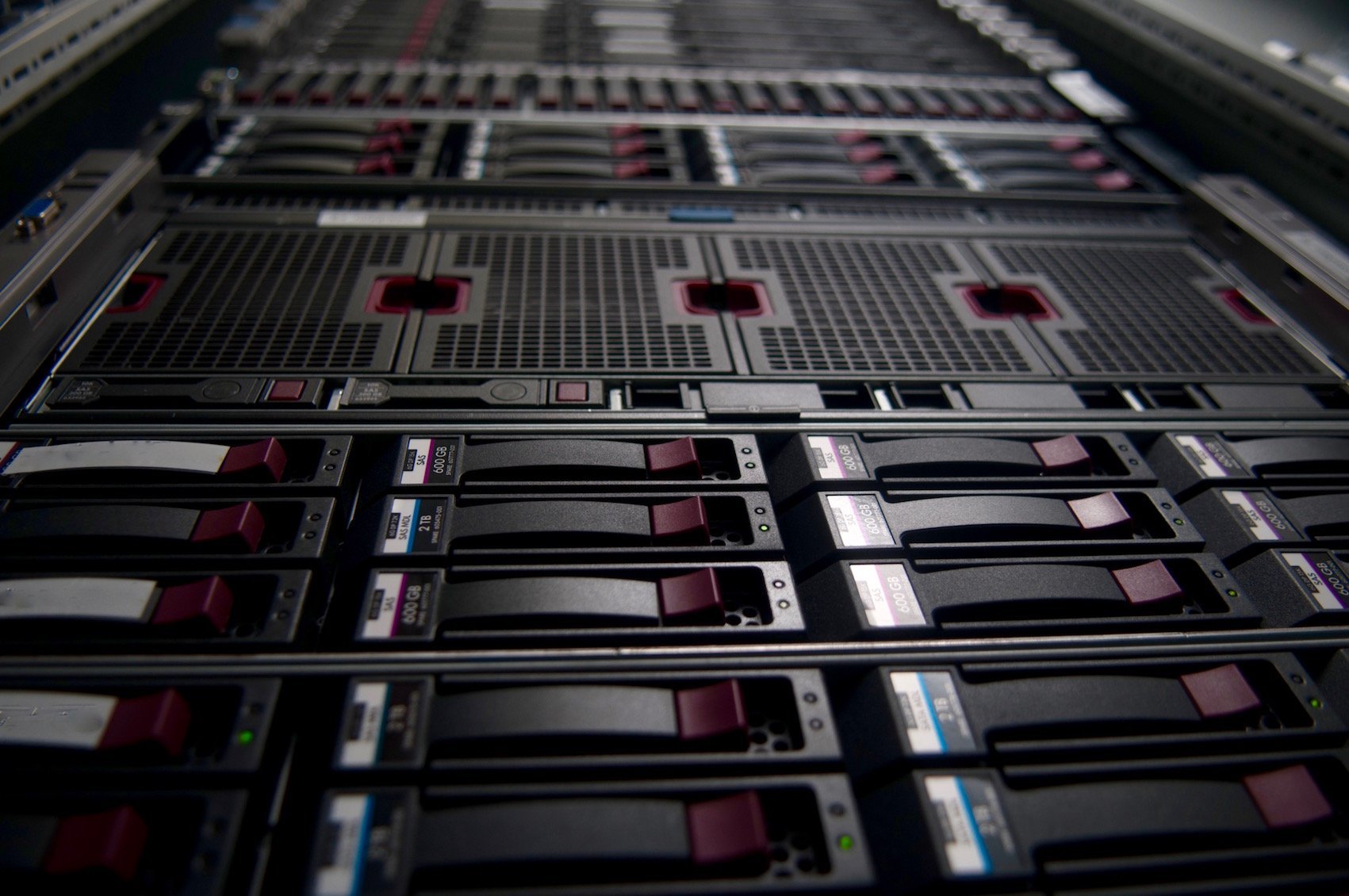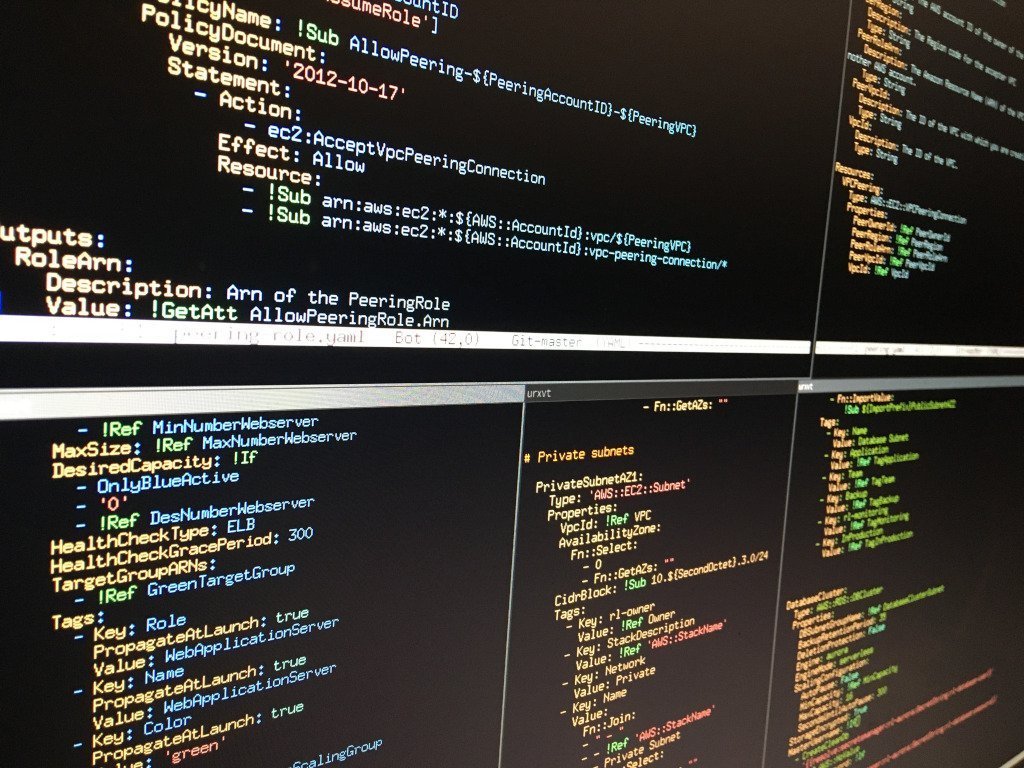Container driven development is catching on like wildfire, and for good reasons. In the age of digital transformation, time to market is becoming ... [continue reading]
Nested Virtualization - Hyper-V 2019 in qemu-kvm
TLDR: Jump to the end for the XML tags we found necessary to get this working.
We have a few projects coming up where we for different and exciting reasons need to use Hyper-V. But running Hyper-V on bare-metal would in this case take up more resources than reasonable for us, so we’re nesting it inside one of our KVM clusters.
But getting Hyper-V 2019 to actually run steadily using nested virtualization inside of qemu-kvm provided some challenges that turned ... [continue reading]
Finalizing the VPC template
I want to wrap up the VPC template from the previous blog entry “Moving forward with CloudFormation templates”
What we ended up with there was a VPC with a Private and a Public Sub-net in 3 Availability Zones.
Now I want to start to use the Outputs section of the template.
And when that has been introduced, I want to use Nested Stacks
Why Outputs?
When we create a VPC with the template from the last ... [continue reading]
Faster Clojure with GraalVM
Clojure is a really nice, dynamic programming language on the Java virtual machine. It gives you the expressive of a lisp, full interoperability with the whole Java/Kotlin/Scala ecosystem of libraries, a battle-hardened VM, and it’s elegant.
The downside is that it runs on the JVM and has to pay a heavy cold start penalty. We can fix that, using GraalVM, and have our cake, eat it, and space-time fold it too.
We will be using a few containers, Podman and GraalVM’s native-image ... [continue reading]
Video conferencing and privacy, findings and conclusion
In our previous blog post, we described how to tackle the challenge of choosing the right video conferencing solution and describe a methodology. In this post we will let you in on our findings and conclusions.
Findings - part 1
To start, a very interesting observation is that none of the well-known and most used video conferencing solutions did make it beyond the first part of the review. This means that legal requirements for processing of personal data ... [continue reading]
Video conferencing and privacy, choosing a solution
The last year has been a challenge for most people in Scandinavia and the rest of the world, battling against COVID19 and trying to keep their lives and jobs up and running. But it has also been a year of change, with increased use and acceptance of home working pushing the boundaries for several technologies that support team working and collaboration.
At our workplace, video conferencing has become one of the most used technologies during this year. Despite working in ... [continue reading]
Free Software and Open Source: Get involved
Contributing to Free Software using Open Source processes may look like intimidating deep expert work. But it doesn’t have to be that. Most Free Software communities are friendly to newcomers, and welcome all kind of contributions
... [continue reading]Documentation with terraform-docs
There are many steps to take on the path to automation. Some are easier, some not so much.
One less popular step is documentation. Yes - the documentation you haven’t written. You know what I mean.
No matter how well written your code is, there usually is a gap between today’s YOU and the future YOU, who has to work with and pick up what you leave behind.
This is usually also the reason for writing the documentation last. Better ... [continue reading]
Bonding SR-IOV ports with OpenStack
All our customers have an online presence. A subset of these have higher demands when it comes to latency and reliability than others. Sometimes this is purely because of high amount of real end-user traffic - and sometimes it’s more malicious; A DDOS-attack.
In most OpenStack-configurations, you have the concept of «port security». This is a firewall enforced on the network interface of the virtual instance. It is also there to prevent a malicious self-service user from spoofing their IP ... [continue reading]
Migrating to OpenJDK
In the beginning of 2019 Oracle stopped releasing free-of-charge updates to their JDK, except for personal use. At the same time Oracle started requiring a subscription for Oracle JDK use in production environments. In this blog post we will look into OpenJDK as an alternative to the Oracle provided JDK and how one would migrate to it.
... [continue reading]






